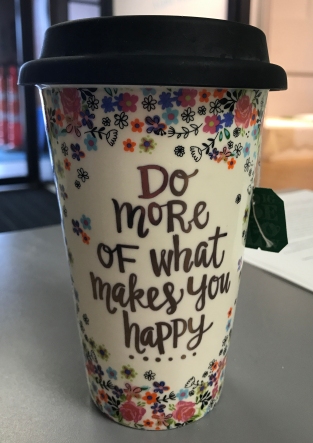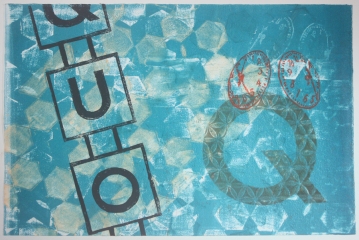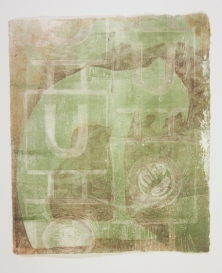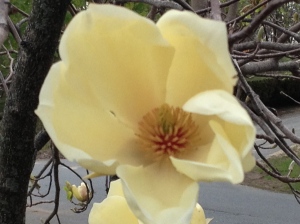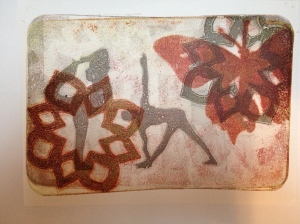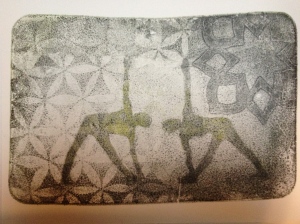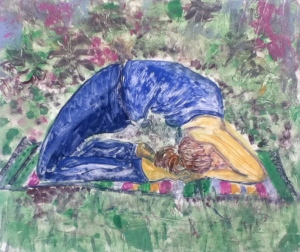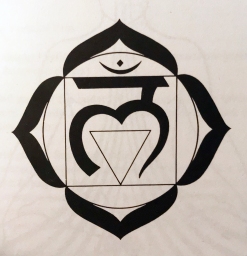
Yesterday I was noodling around some yoga blogs on the internet and found Nobel’s Yoga in the Dragon’s Den. Like me, he hasn’t been writing much in the last few years although for very different reasons. Nobel wrote that his practice has become very regular and almost something that happens in the background of his life in the sense that he doesn’t talk or write about it very much.
This led me to a search around the ashtanga yoga blogosphere and I found a lot of anger and a whole lot of commentaries on Pattabhi Jois, the #metoo movement, and the sense that ashtanga yoga is under fire from the Yoga Alliance.
So many words it made my head spin, and it’s not the purpose of this blog to address them all, but I particularly respected what Kino MacGregor had to say. I have never been to India or studied with any member of the Jois family, but many of my teachers have. This topic is potentially divisive (what isn’t?) but also an opportunity for stuck/repressed energy to move, and that’s a good thing. True healing will encompass all, the abused and the abuser. I say this as a person who has known abuse in her family, and spent years trying to reconcile the knowledge that someone I loved sexually abused someone that I loved.
Which in some ways is why I am where I am, in the psycho-social sphere that I am, today.
None of this is why I chose muladhara chakra, a scanned image from a book, for today’s image, yet it feels appropriate. I tend to be suspicious of New Agey concepts that are dressed in nice clothes (especially if I detect a whiff of commerce), but the chakras have been in my mind for a while and I’ve begun to research this system of understanding human energy patterns with the idea of including images of chakras in a piece of artwork I’ve been working on for some time. An interesting find is that, as it turns out, perhaps not unexpectedly, the chakras have evolved as they moved to the west, much like yoga has evolved as it has been absorbed into Western Culture, so much so that the chakras from the ’70s onward look very different and even take on different meanings that might have been somewhat inscrutable to early 20th century Indian yogis. I am particularly interested in what happens to ideas, systems of thought, and visual patterns as they move from one culture and geographic location to another. One of the patterns that I use in my work is from a Japanese kimono of unknown origin. I found it on an image of a British transferware plate in a Martha Stewart Living magazine. From a kimono to a plate and, perhaps most recently, to a donated piece of artwork, which you could find, if you were so inclined, at the Brush Studios in Lowell on Saturday March 24, 2018 as part of a fundraiser for UMASS Lowell art students:

This post is a bit of a ramble but the purpose of this blog was always to have a place to talk about my ashtanga yoga practice and to interact with others in the blogosphere who have the same, somewhat odd, compulsion. Lurkers welcome. To end with a practice update, I’ve been working on primary series and returning to a six day practice. My hip injury, 3 years later, seems fully healed although it persists in a lingering sense of fear before I begin backbends. I have to remind myself that in a way, urdhva dhanurasa (backbend or wheel) is no different than Janu Sirsana (a seated forward fold variation), it’s just another way to open the body.
Winter has been long and it has been difficult to go out walking. This makes it very hard for me to lose the weight I’ve gained, but finally it seems I have some sustained energy to focus on this and have reached a tipping point, a positive feedback loop in which small gains in the practice lead to an increased desire to eat in a healthy way that acknowledges the rhythm of the 6 day practice. At this point I am about 25 pounds above the weight at which I once began 2nd series, and I wasn’t exactly a skinny yogi then. No “ashtangorexia” for me. Seriously I found that term on someone’s blog.
I have never fully abandoned my practice although it certainly changed from the giddy heights of working on kapotasana. This time around I am determined to build a practice that sustains my life and my spiritual growth, that is not dependent on constant growth and impressive asanas, knowing full well that I am particularly susceptible to the tendency to cling to those very things as if they were the practice. Always mistaking the finger pointing for the moon.
Finally, an excerpt from a poem by Naomi Shihab Nye, which can be found here:
Before you know kindness as the deepest thing inside, you must know sorrow as the other deepest thing. You must wake up with sorrow. You must speak to it till your voice catches the thread of all sorrows and you see the size of the cloth.
Perhaps only someone who has known deep and terrible grief can fully appreciate this poem. I offer this from my delightful minister and friend, Elea Kemler, to you.
